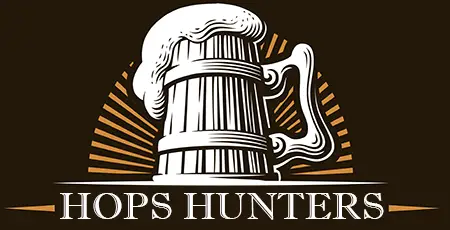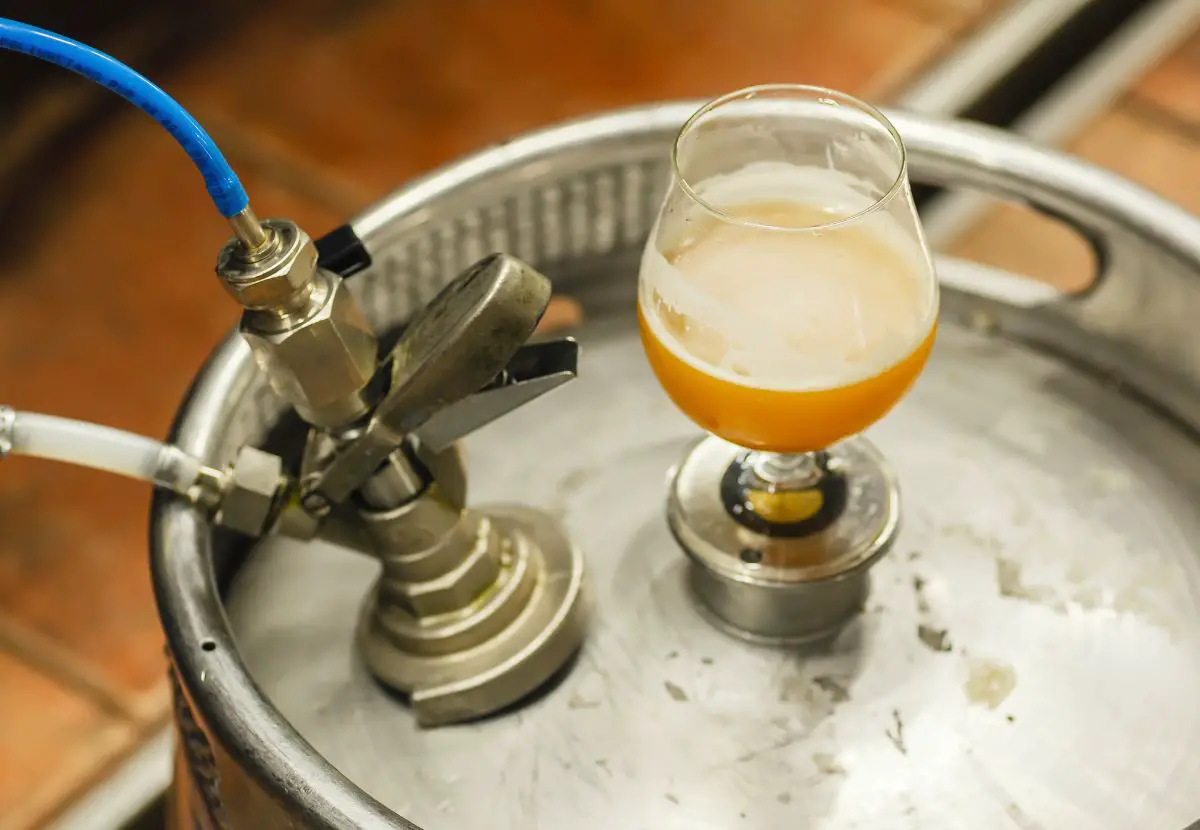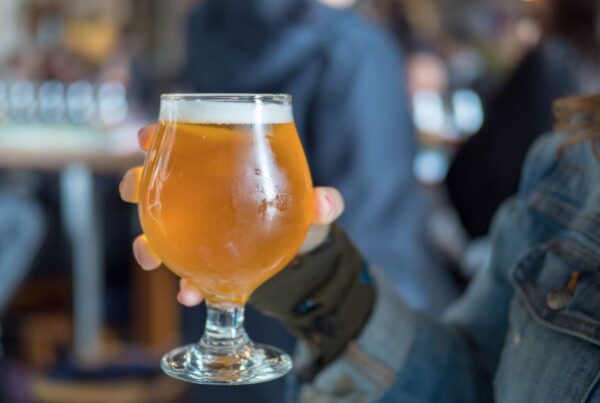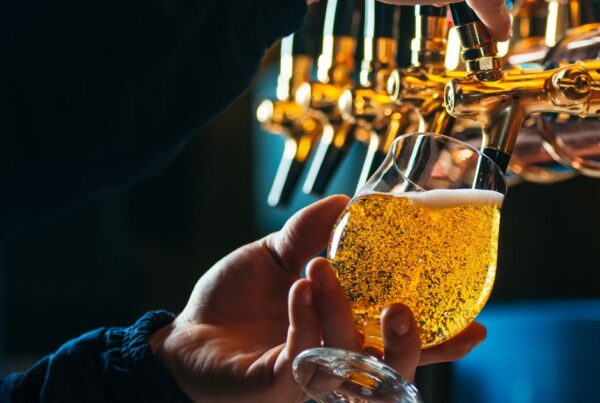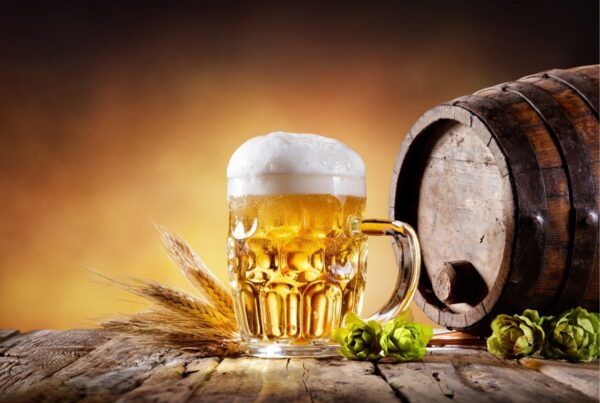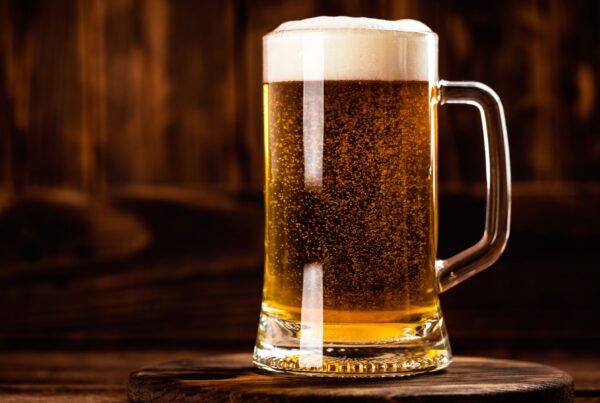Kegonomics: How Many Cups of Beer are in a Keg?
When we think about the history of the beer keg, it’s easy to visualize it as the centerpiece of social gatherings. The tapping of a keg often signals the beginning of a night filled with camaraderie and conversation.
But have you ever paused to wonder aloud, “Just how many cups of beer are in a keg?”
This isn’t just idle curiosity—understanding “kegonomics” can offer insights into human behavior, market dynamics, and even the social rituals that define our lives. Not really, but it’s a convenient justification for answering a simple question that’s been gnawing at most people since they held their first Solo cup.
Dimensions & Capacities of Common Beer Kegs
When Toby Keith first sang the praises of the Red Solo Cup, he may have unintentionally (or very intentionally) become the patron saint of plastic drinkware and keg parties everywhere. But while he serenaded the “proceed to party” ethos of the ubiquitous plastic vessel, he didn’t really delve into the keg that often supplies it. And let’s be honest, the cup’s appeal isn’t just its red, plastic exterior—it’s what goes inside the cup: beer.
Keg Capacities in Gallons
So, about those kegs: Kegs come in multiple sizes. Here in the US, the most popular keg sizes are:
- The half-barrel with a capacity of 15.5 gallons.
- The quarter-barrel at 7.75 gallons
- The sixth-barrel at 5.16 gallons
- The mini-keg at 1.32 gallons.
But what do these volumes mean in practical terms? Let’s consider the half-barrel, as it’s the size most commonly found at social events in the United States.
How many cups of beer are in a half-barrel keg?
Well, if you pour the beer into 12-ounce cups—the kind most often found at barbecues, tailgates, fairs, and festivals—a 15.5-gallon keg will yield around 165 cups of beer. If you’re using 16-ounce beer glasses (aka “pint glasses”), that number drops to about 124.
Keg Capacities in “Cups of Beer” (A List of Exactly How Many Cups of Beer are in Each Common Keg Size)
This list provides a quick reference for estimating how many cups of beer you can serve based on the keg size you choose:
Half-Barrel Keg (15.5 gallons)
- 12-ounce cups: 165 cups
- 16-ounce cups: 124 cups
Quarter-Barrel Keg (7.75 gallons)
- 12-ounce cups: 82 cups
- 16-ounce cups: 62 cups
Sixth-Barrel Keg (5.16 gallons)
- 12-ounce cups: 55 cups
- 16-ounce cups: 41 cups
Mini-Keg (1.32 gallons)
- 12-ounce cups: 14 cups
- 16-ounce cups: 10 cups
The Social Implications of Keg Capacities (And How Many Cups are Contained in Them)
When a keg is tapped, people gather around. Conversations flow as freely as the beer. Yet, this free flow has limits.
As mentioned above, at a gathering with 165 people and a single half-barrel keg, each guest could theoretically receive 1 single 12-ounce cup. But when the keg runs dry—the dynamics change. People might start to leave, or perhaps they’ll transition to different forms of socializing. In any event, the number of cups in a keg can, in a very real way, shape the flow and duration of a social event.
There’s also a psychological dimension at play. The visual spectacle of a keg—large and metallic—creates an impression of abundance. We don’t often stop to count exactly how many cups are being poured, so the keg brings with it an illusion of “endless supply.” This perception can affect how people consume even the best beers. In many cases, people are likely to drink more from a keg because they’re less conscious of the quantity they’re consuming, as compared to when they have to open a beer bottle or a can.
But perhaps you’re thinking “Look, all I wanted to know is how many cups are in the darn thing so I can plan my next barbecue without causing a beverage-related social catastrophe. Is this really an inquiry worthy of a deep dive into human psychology and social dynamics?” Well, no. You’re absolutely right.
At its core, a keg is a simple object with a straightforward purpose: to provide a designated number of cups of beer. If all you wanted to know was the number of cups in a keg, then we’ve covered that in the section above.
(But hey, if diving down these overwrought paths about kegs and the essence of the fluids contained within them makes a mundane topic—how many cups of beer are in a keg—more interesting or even mildly entertaining, why not?)
Even if the keg’s not actually a metaphorical vessel filled with societal implications, it sure is a literal one filled with beer. And that, at the end of the day, is what most of us care about anyway.
Conclusions
Finally, let’s acknowledge that I’ve been purposely inflating the importance of how many cups are in a beer keg like it’s an episode of Black Mirror. In reality, it’s a steel container that holds a certain number of ounces of beer, designed for convenience, portability, and partying—not as a lens through which to dissect the complexities of human nature.
Again, the most common party keg size holds 165 x 12 oz. cups, or approximately 1984 oz.
And just as in the world of George Orwell’s 1984, a keg does impose a sort of social order. In Orwell’s dystopia, Big Brother dictates the rules. In the world of kegs, it’s the number of cups of beer contained within that governs how many people can be served, who gets the last pour, and just how long the social gathering can sustain itself.
Just like Toby Keith’s song Red Solo Cup, the keg might feel like it’s never going to end. But in reality, it’s finite. It ends. And when it does, whether you call it a night or “proceed to party” is entirely up to you.
